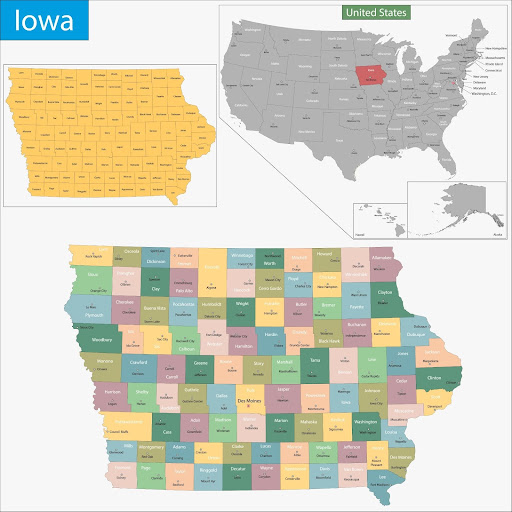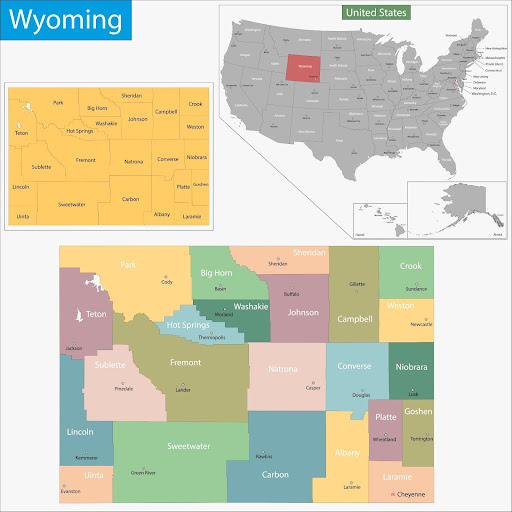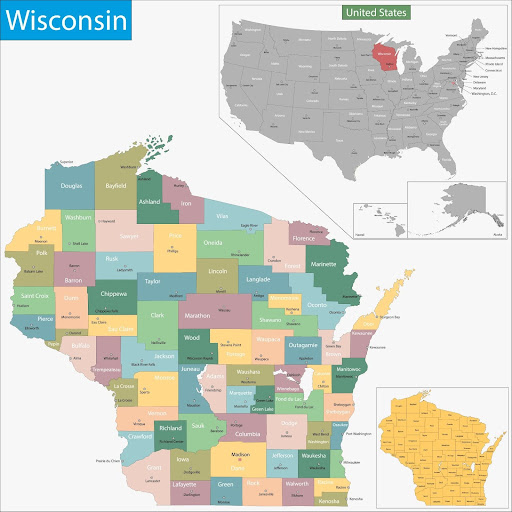Table of Contents
Iowa’s wildland fire landscape is all about timing, terrain, and the human factor. It’s a state of vast prairies, patchy woodlands, and heavy agricultural influence. Fires can move with dangerous speed across open ground, especially when wind and drought align. For fire investigators, it’s a state where you’ll trade alpine flame fronts for fence-line ignitions, CRP field flare-ups, and combine-caused sparks.
This guide maps out the wildland fire resources in Iowa, highlighting which agencies run point, what seasonal windows matter most, and how to keep your skills and awareness sharp in the Hawkeye State.
Explore our wildland firefighting resources hub for state-by-state contacts and links.
Live Incident Updates & Maps
Monitor fire activity and conditions in Iowa with this live tool:
State Overview
Iowa’s wildfire profile is subtle but persistent. While it lacks massive forest acreage, it has a high ignition density during key agricultural windows.
- Northern Iowa: Grassfires and machinery fires are common during the spring thaw and fall harvest.
- Central Iowa: Home to some of the state’s largest urban-wildland interfaces, especially in counties like Polk, Story, and Dallas.
- Southern Iowa: Loess Hills and oak-hickory forests present higher fuel continuity and slope-driven fire behavior. More prescribed fire activity here than in other regions.
Fires typically burn fast and shallow, but with dense fuels, long flame lengths and rekindles aren’t uncommon. Investigators must be aware of wind corridors and how private landowner practices impact fire behavior.
Wildfire Season Timeline
Iowa has two primary fire seasons and a few surprise windows:
- Early Spring (March–May): Dominant fire season. Dormant fuels, wind, and heavy prescribed fire use lead to many ignitions.
- Fall (October–November): Drought-dried fields, leaf litter, and harvest machinery increase risk.
- Late Summer (August): Fires are less common, but high temps and drought can lead to accidental fires during outdoor recreation.
Burn bans are issued at the county level and can change quickly depending on Red Flag conditions.
Key State Agencies Involved
Local Wildland Firefighting Resources
Much of Iowa’s wildfire suppression falls to local departments like volunteer fire departments, community programs, and county conservation boards. Here’s a look at other local resources.
List of Local/State/Federal Fire Response Agencies
- Iowa DNR Fire Program: Supports suppression efforts with engines, drip torches, and PPE grants to local fire districts.
- Local VFDs: Handle the majority of grass, ditch, and debris fire responses. Many do not carry wildland-specific gear but are the first to arrive.
- USFWS Fire Teams: Respond on federal land and support large-scale Rx burns.
- Iowa Fire Chiefs Association: Offers training coordination and supports fire department communication across counties.
Contact Numbers and Emergency Links
- To Report a Wildfire: Dial 911
- Iowa DNR Forestry Fire Program: (515) 281-5918 | iowadnr.gov
- Burn Bans by County: https://dps.iowa.gov
- USFWS Midwest Fire Office: (612) 713-5360
Training & Volunteering
If you’re interested in wildland fire management, Iowa offers various training programs and volunteer opportunities.
NWCG-Approved Academies and Centers
Volunteer and Seasonal Training Opportunities
Stay Informed on Iowa’s Wildland Fire Landscape
Iowa’s wildfire risk may seem modest, but under the right conditions, it escalates fast. Prairie burns gone wrong, harvest equipment malfunctions, and backyard debris fires during wind events make up the bulk of incident reports. Investigators must stay nimble, well-networked, and ready for scene collaboration across agencies and private land boundaries.
Stay up to date with:
- County burn ban notices from the State Fire Marshal
- DNR seasonal prescribed fire updates
- Weekly NWS fire weather briefings
- Local conservation board activity and training bulletins
FAQs
How do I report a wildfire in Iowa?
Call 911 and provide location details. Be specific about landmarks or coordinates.
Does Iowa require burn permits?
Not statewide. Some counties or municipalities require notification or permits for open burning. Always check local rules.
Who investigates wildfires in Iowa?
Typically local fire departments or the Iowa DNR, depending on land ownership. The State Fire Marshal may assist in large or suspicious incidents.
Can I get certified as a wildland firefighter in Iowa?
Yes. Through Iowa DNR, the Midwest Wildfire Academy, or seasonal employment with land management agencies like the USFWS.










